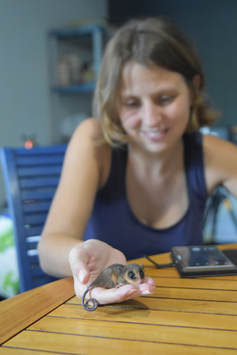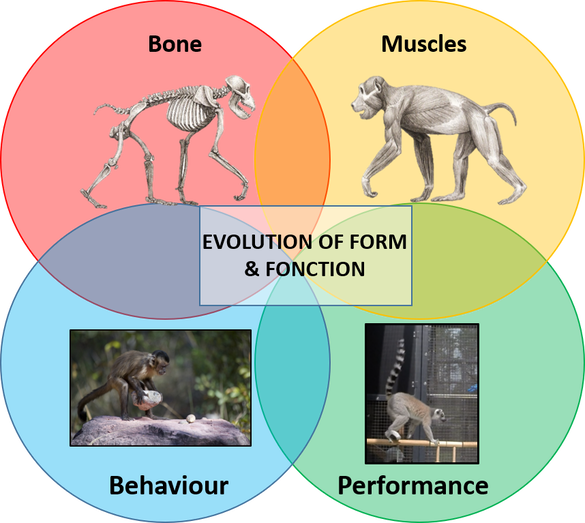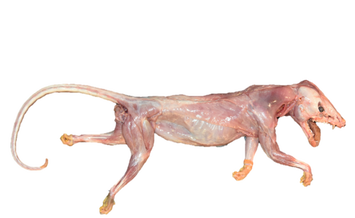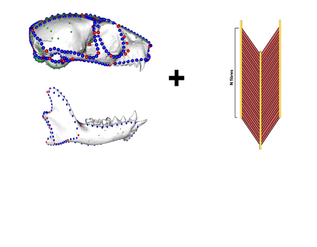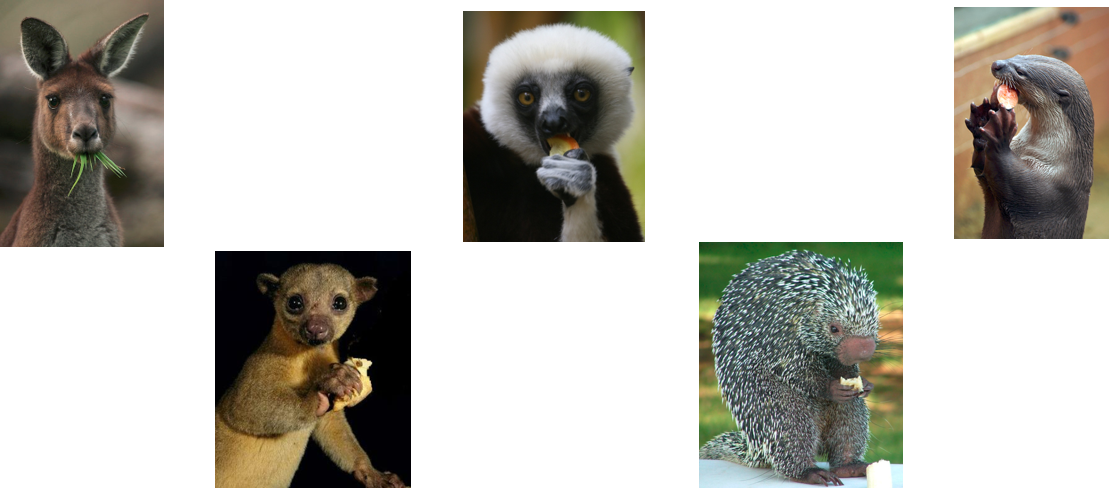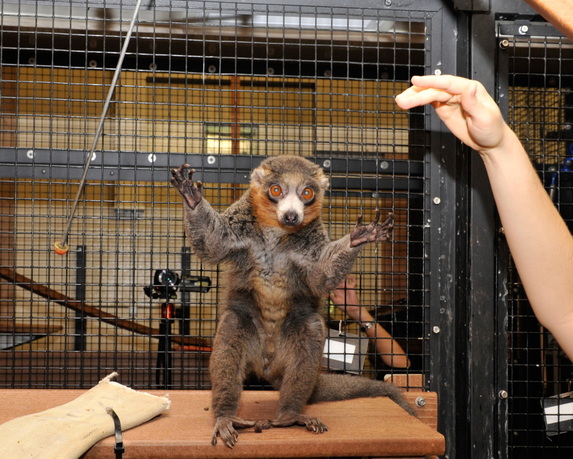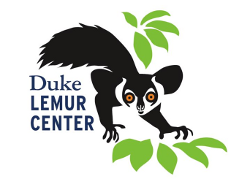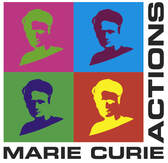I am a curator and researcher interested in the origin and evolution of morphological and functional diversity of living vertebrates. I am currently working at the Naturhistorisches Museum der Burgergemeinde Bern (NMBE) and at the University of Bern (Switzerland).
I am an evolutionary biologist and functional morphologist focusing on shape evolution in an ecological context across vertebrate systems. My research on micro- and macro-evolution integrates a wide range of biological disciplines. I aim to understand the evolution of morphology in space and time in relation to its development, function, ecology, behaviour, and changes in the environment. To do so, I integrate cross-disciplinary approaches such as functional morphology, evolutionary biology, behaviour, imaging, geometric morphometrics, biomechanics, phylogenetic comparative analyses, and spatial modelling on large comparative datasets coupled to the quantification of ecology (ex. diet, habitat use) of animals in their natural environment.
My research is integrative and at the interface of these approaches:
My research is integrative and at the interface of these approaches:
The methods that I use are:
Morphological methods going from linear measurements to high dimensional geometric morphometrics in order to quantify the shape of a structure (such as a bone):
Quantitative dissection in order to estimate the strength of a muscle or group of muscles and to study their interplay with bones in relation to function and behaviour.
Quantification of function using performance traits such as locomotor forces, bite forces, grip forces... These kinds of data are primordial to understand the interplay between the muskuloskeletal system and function.
Quantification of the behaviour of animals during different tasks (grasping strategies during locomotion, feeding...) in order to better understand the interplay between the muskulosketal system, function and behaviour.
HOW METAMORPHOSIS FOSTERS MORPHO FUNCTIONAL DIVERSITY IN SALAMANDERS? (Marie Slodowska-Curie fellowship H2020-MSCA-IF-2020 proposal number 101028747 and ERC-2021-STG META-MORPHOSIS SERI-funded M822.00039)
Recently, I have initiated a project investigating the impact of developmental strategy on head shape in adult salamanders. More precisely, I am testing the impact of metamorphosis on the origin of phenotypic diversity in salamanders. This involved quantifying skull shape modularity and evolution across salamanders (Fabre et al. 2020) and I am now extending it to both the feeding and locomotor systems as well as the functional diversity during ontogeny.
A. Life cycle diversity in salamanders. B. Cranial change during ontogeny in Desmognathus marmoratus
Other examples of some research projects that I was PI on:
- THE INFLUENCE OF GRASPING ABILITY ON FORELIMB LONG BONE SHAPE IN PROSIMIANS AND TETRAPODS
The grasping hand is one of the key morphological hallmarks of human evolution. Our understanding of the human grasping hand is largely built on our interpretation of the specialized lemur grasping hand (e.g., the presence of nails instead of claws on most primate species and skeletal evidence for the presence of manipulative capabilities in early primates utilizing the fine branch milieu). Yet, a holistic approach including the whole forelimb and its behavioral context in grasping and manipulation is currently missing. The scientific benefit of this project is that it will be the first study that will link grasping and manipulation ability related to the shape of the forelimb in a broad phylogenetic context in lemurs. The data obtained will greatly extend our understanding of the evolution of forelimb morphology in primates in relation to grasping and manipulation behavior. This quantitative and novel approach will then allow us to infer the grasping behavior of fossil species in a quantitative and objective way, thus opening up exciting new avenues of research into our understanding of primate evolution focusing initially on lemurs and further on tetrapods.
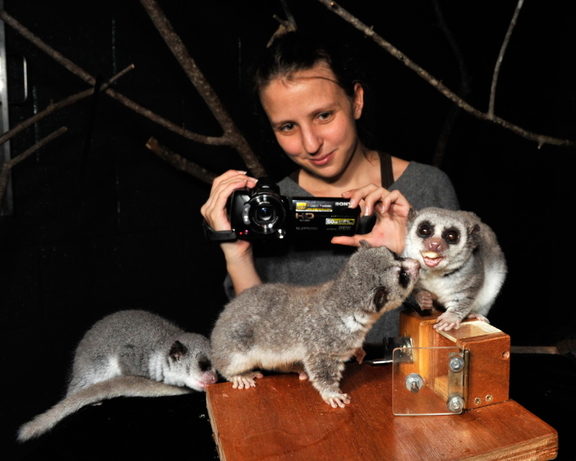 Puzzle box trial with Cheirogaleus medius. Puzzle boxe was designed by Hugues Clamouze (Photo credit: David Haring)
Puzzle box trial with Cheirogaleus medius. Puzzle boxe was designed by Hugues Clamouze (Photo credit: David Haring)
Behaviour trials
Part of my research was conducted at the Duke Lemur Center, funded by the Fyssen Foundation and a Marie-Skłodowska Curie fellowship:
